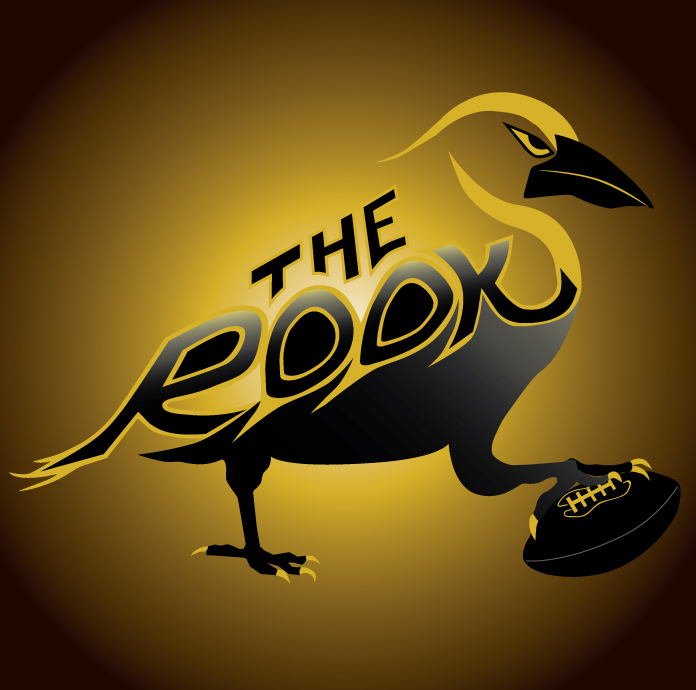So I finally got to the Milwaukee Art Museum for the first time ever and now I’m wishing I had gone sooner. I took advantage of the free admission on Thursday. No one else wanted to go with me but I had an excellent time with myself regardless. Having been to galleries but never actually having been to any art museum, a minor felony for an art student I am sure, I didn’t know what to expect. What I found was that the real thing was ten times better than the internet pictures. My goal was to look for uses of typography in the museum but that got lost, as I was too involved in examining everything else around me. One of the featured shows in the main walkway was the work of Chakaia Booker. She uses old tires, rubber, pipes, scrap material and arranges them in astonishing compositions. They have great energy and movement. From a distance they look soft, smooth, and flowing but up close you can see the rigid texture and reality of the substance.
I liked looking at the few old artifacts they had there: the suits of armor, the helmets, and the keys. I especially was attracted to the old key because of their ornate shape. They are almost a work themselves.
I was never interested in paintings from the renaissance and surrounding years but I made myself walk through those exhibits anyway. I must say they are much more beautiful in real life and much richer. I got really close to them and began looking for a visible brush stroke because I could hardly believe the quality of gradient they achieved. They were few and far between. I may have underestimated the skill of those artisans; or perhaps assumed everyone painted like me.
Of course I had to see Monet’s painting, Waterloo Bridge, because he was the biggest name there. When I walked up to it I was not overwhelmed. It was nice, nothing special. I loved the brushstrokes and color. Those were much better in real life. Luckily I didn’t give up on it because, it took me a few minutes, I finally saw the bridge. It was so nondescript that it blended right in with the background. I thought about the times in class when we talked about “eye candy” and rewarding the viewer for being perceptive. I was in no means being perceptive, I had just finally seen what I had supposed to in the first place but it made it that much better.
did find one typographic piece by Christopher Wool that I really liked. I was a large canvas with FO covering the top half and OL covering the bottom, similar to the t-shirts that say love or I “heart” NY. It is in blocky black and white letters. I liked what he said in a description that he likes to keep his work simple and let the viewer bring in the story to it. Standing in front of the piece it’s as if you’re being accused as a fool. You’re left to stand there and wonder why. What have I done? Why would the artist want me to feeling this way? Why is it broken up instead of one full word?
I had a really great experience and now I know where to go if I’m desperate for inspiration.
[slideshow][gallery]
I


